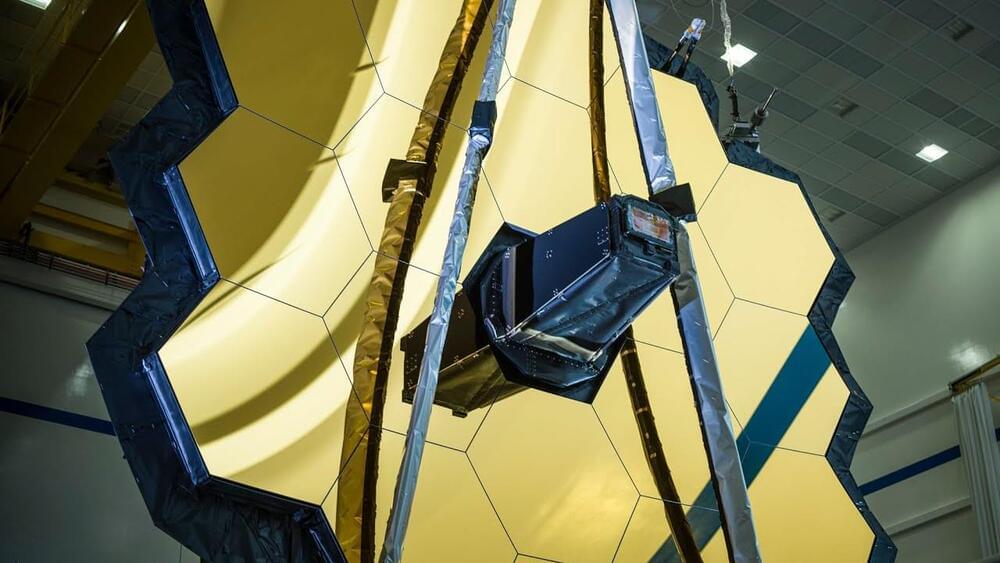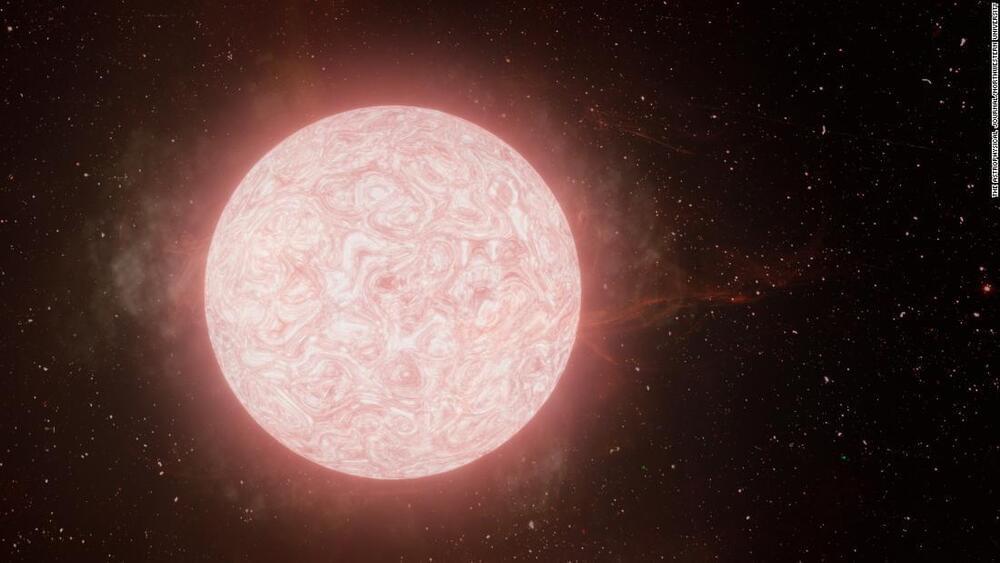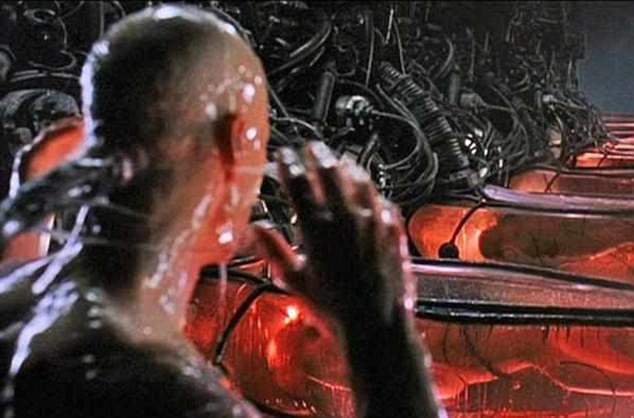Watch James Webb Space Telescope experts give real-time updates on the final step in the observatory’s deployment: the unfolding of the second of Webb’s two primary mirror wings. Engineers in mission control will send commands to deploy the wing and latch it into place, a process that takes several hours. The deployment will complete the mirror’s golden honeycomb-like structure, and will mark the end of an unprecedented 14-day unfolding process.
Webb launched on Dec. 25, 2021 aboard an Ariane 5 rocket from Europe’s Spaceport in French Guiana. An international collaboration with NASA partners including the European Space Agency and the Canadian Space Agency, it’s the most powerful and complex space telescope ever built. The mission is managed from the Space Telescope Science Institute in Baltimore, Maryland.
For about the next six months, Webb will cool down, calibrate its instruments, and align its 18 primary mirror segments so it can begin to #UnfoldTheUniverse.
Track Webb in space: https://go.nasa.gov/whereiswebb.
Get mission updates: https://jwst.nasa.gov








